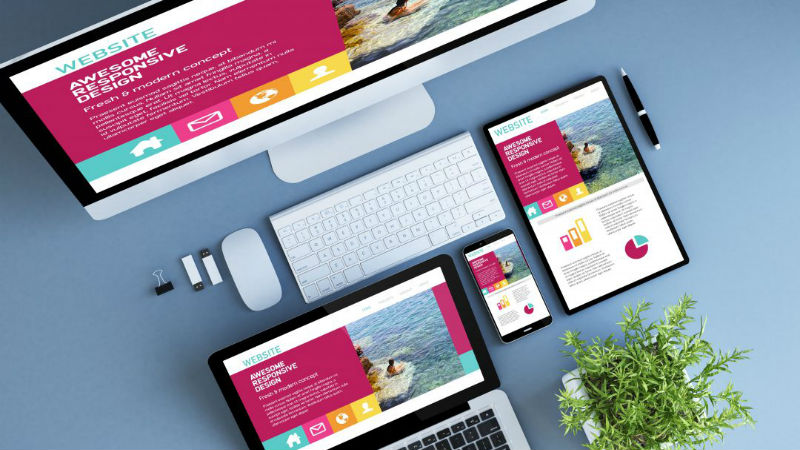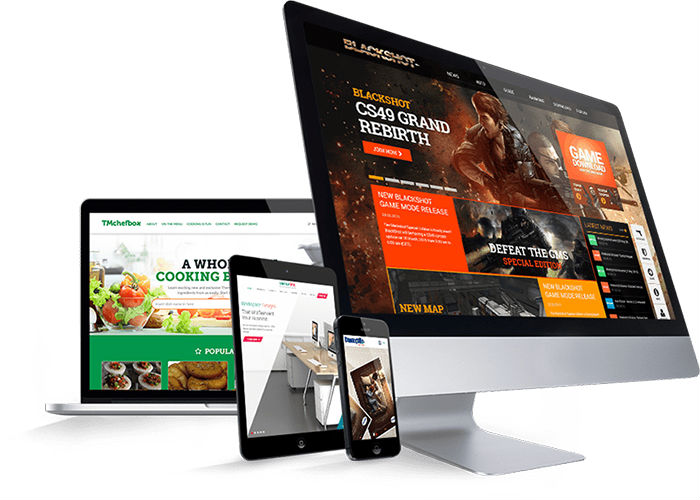Business
How to Design a Website: 10 Golden Rules for Beginners
Building your first website? Keep these must-dos in mind to make it a success!

When designing a website, your ideas and vision really are limitless. Anything you want to create, you can, however there are some fundamental rules to comply to if you want your website to be successful, easy to navigate, and aesthetically appealing.
Based on studies and statistics, these are the 10 golden rules to follow when whipping up your personal website or company’s online presence.
Rule 1: Avoid clutter – While many will want to add as much information or imagery to their website as possible, simplicity is key. Instead of distracting elements, put only the necessary information and draw users’ eyes to what matters most.
Rule 2: Prioritise design above the fold – The ‘fold’ is from the top to the immediately visible bottom of the browser when you arrive on a website. This is your first impression, so make it count in order to attract users to scroll further.
Rule 3: Keep Hick’s Law in mind – Hick’s Law states that increasing the number of choices will increase the time it takes for an individual to make a decision. Keep your click-points and call-to-actions simple and straight forward.
Rule 4: Encourage scrolling, not clicking – Keep individuals engaged on a seamless page (where possible) rather than forcing them to click. Get visitors where you need them to be quickly, and keep them entertained/interested.
Rule 5: Keep photos natural and authentic – While it may have looked good once upon a time, people are craving authenticity rather than over-modelled shots. Try use real photos of your business, product, or yourself to highlight what you’re advertising.

Rule 6: Use visual cues – Try and utilise imagery or arrows to guide visitors where they need to click or areas of interest. Simple, but effective.
Rule 7: Font should be legible first, stylish second – While having a site littered with cursive fonts sounds fancy, it’s not practical. Legible, clear-to-read text works best and helps you convey your business or product, rather than detracting from it.
Rule 8: Colour is psychological – Colour can have a huge effect on the way people feel and react when on your website: i.e. blue can make someone feel relaxed and calm, while orange can showcase high-quality and professionalism. Read up on the psychology of colour to help you pick the right tone (literally) to match your website.
Rule 9: Design for mobile first – Whereas mobile versions of a website used to be a second-tier priority, it is becoming increasingly prevalent as mobile internet-use is surging. Make sure your website looks and functions great on mobile devices before launching – you don’t want users to be put off by loading a badly-optimised desktop site on their phones.
Rule 10: Design for everyone – Appeal to a wide audience and never assume people are savvy enough to ‘work out how it works’ on your website. Use a simple layout, correct colour contrast (things like black text on white backgrounds), and a readable size. This will also dramatically improve the experience of those with visual impairments.
Using Digitise, South Africa’s very-own drag-and-drop web builder, CRM system, and marketing tool (which is delivered all in one package), you can create your own website with ease.

Once you’ve got your domain name and URL set-up (which you can do all on the Digitise platform), you can then begin building your website immediately. Adding widgets, banners, social media integration, or any other custom elements is incredibly easy thanks to a fly-out menu and drag-and-drop system that all works in real-time. No waiting or long load-times – you can check out your site as you work on it.
It’s even mobile optimised, so your creation will be automatically responsive and adaptable to be viewed on mobile devices, which makes up a large percentage of web traffic – so this is a massive win and helps you having to create a specific secondary mobile site or app.
There are also a host of pre-designed templates that you can choose to use, speeding up your development process and giving you an SEO-optimised layout from the get-go.
How much does it cost?
The team behind Digitise is aware that start-ups need flexibility, so when it comes to costs, there are no contracts or long-term commitments; and there are flexible pricing packages so that you can find the best option for you and your business.
The benefit of using the Digitise platform is that from the front-end of the webpage to the CRM and marketing tools in the background, your entire online toolbox is with the same provider, making the transition in the digital space a hassle-free one rather than a painstaking process of vendor selection and hunting down the right service providers.
Why not sign-up and get cracking on your business now? Check out Digitise here.
















